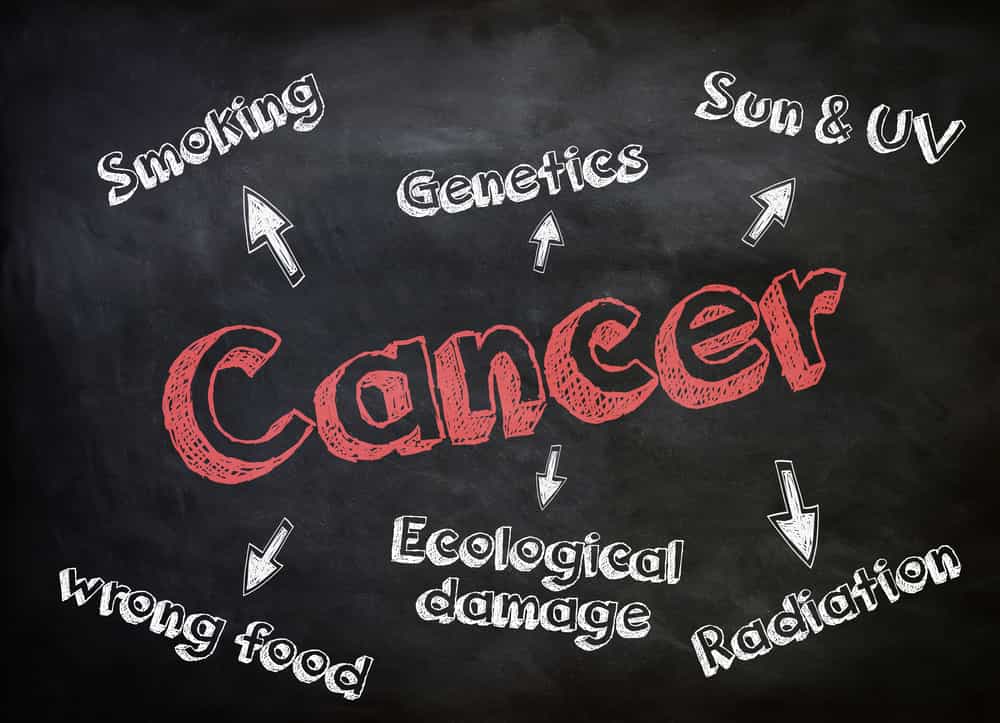Causes

There is no single cause of cancer; instead, we need to work our way around multiple risk factors. We may trace cancer back to an episode of radiation exposure or say that it was probably due to a habit such as smoking. But that is hardly the only cause because cancer is a multifactorial disease. In other words, many factors come into play and collaborate to trigger the conversion of cells into a cancer line. This is where risk factors play an essential role. They are conditions, diseases, exposures, or habits usually found in people with a given type of cancer.
Moreover, additional factors need to take place to hide these cells from the immune system because, in normal cases, they are detected and destroyed. Thus, pointing out a single reason is not accurate, even if we know how cancer works, and that’s why you may encounter information saying that the cause of cancer is unknown. Not because we don’t understand how these cells operate but because they have complex interactions that we can’t trace back accurately in a given patient.
What we do know is that cancer grows when specific DNA sequences are altered with mutations. These DNA sequences are usually meant to stop cells from dividing aggressively or have something to do with the cell cycle. In other cases, they trigger cell death when something goes wrong, and cancer cells become immortal when they are silenced. Either way, and regardless of the type of alteration these mutations cause, it leads to continuous replication of genetic material, accelerated creation of new tissue, and uncontrolled growth that favors new mutations. That’s how mounting mutations make cancer worse, and ultimately these cells look and behave completely different from the tissue they originate from.
But if we want to prevent cancer, knowing the alterations in DNA sequences will hardly translate to a recommendation in our everyday life. That’s why cancer prevention focuses on risk factors, which often lead directly or indirectly to the above-mentioned alterations in the DNA. The most common risk factors are as follows:
